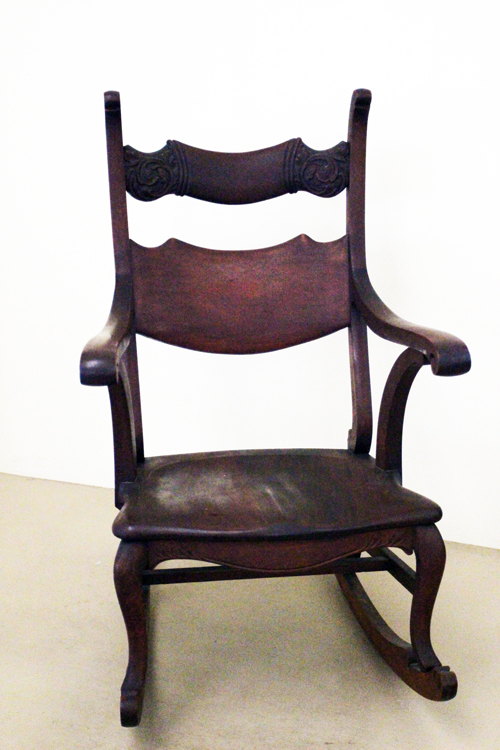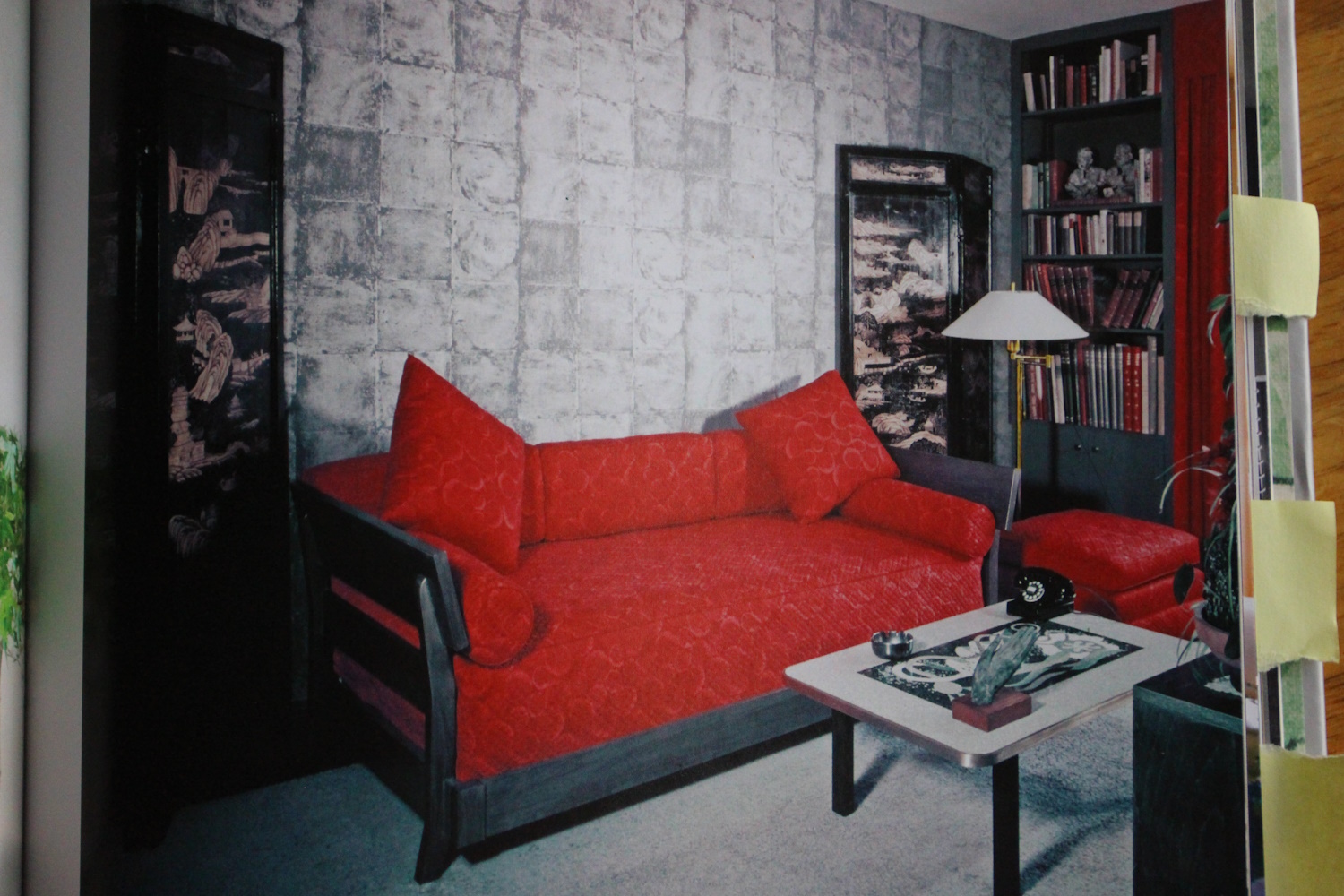Feng Shui and Comfortable Chairs
Two feng shui authors who have greatly influenced my practice are Carole Hyder and Terah Kathryn Collins. Both of them have written about the impracticality of having chairs that are interesting to look at but uncomfortable to sit in.

This American-made Victorian chair from the mid-1800s has a rounded back—representing the Turtle behind—and the two nicely padded arms represent the Tiger and Dragon. It originally had metal rollers, which made it look disconnected from the floor. We removed those, boxed, labeled and stored them away. If you can easily take an old chair (or couch) off its rollers, then do so. You’ll have a much more grounded piece of furniture.
I’m very into chairs. Whenever I’m in a store that sells chairs, I go around and sit in every chair—just call me Goldilocks. This behavior used to make my husband very nervous because we don’t need any more chairs in our home. He thought I was considering buying more chairs—but I wasn’t. I just enjoy the experience of finding out what different chairs feel like. What I’ve discovered in many years of doing this is that precious few chairs are really comfortable. When I find a really comfortable chair I do consider buying it, but I always resist because we have plenty already.
The two chairs in the photos are the only “stand alone” chairs in our living room. They look graceful from any angle. They are also sturdy, well-made and inviting. And they’re quite comfortable and supportive. All good qualities for furniture and in feng shui terms.
A good chair should represent the three archetypal animals that are beside and behind a house: Turtle behind, Tiger (feminine) and Dragon (masculine) on the sides. In fact, a home that has a protective surrounding landform is said to be situated in an “armchair position.” (I discuss this in depth in Feng Shui for Hawai‘i Gardens.) There is never a need to represent the Red Bird in front when dealing with actual chairs. But if there is a stool in front of a chair, then that stool (no matter what color) represents the Red Bird.

This is a F. H. Conant’s Sons’ rocker from Camden, NJ, probably made in the 1920s. It’s a humdinger and everyone loves sitting in it. All the three necessary archetypal animals are well represented: Tiger, Dragon and Turtle.
The book that renewed my thinking about chairs and comfort was Home: A Short History of an Idea by Witold Rybczynski. It’s a very quotable book, so I’m going to indulge. He looks deeply at the evolution of chairs, which seem to have first appeared in Europe during the Middle Ages. “During the Middle Ages, chairs….were not intended to be comfortable; they were symbols of authority….As one historian put it, if you were entitled to a chair you sat up in it: nobody ever sat back.” During the 1700s, truly comfortable chairs began to be produced by such designers as Chippendale and Hepplewhite. “It had taken a long time for eighteenth-century furniture makes to find the correct seat and back angles and the appropriate curves, shapes, and materials for sitting comfort.” That comfort lasted through Art Deco, then the modern designers such as Mies van der Rohe began to disregard the conventions of the past. “This has led to a ‘cult of originality’…in which ‘What’s new?’ is more frequently asked than ‘What’s better?’…many of what are generally considered to be outstanding examples of modern chair design demonstrate little concern for human comfort.” The designers like the chairs in an intellectual way. One of them said, “They aren’t awfully comfortable to sit on, although of course you can sit in them for an hour or so without danger of collapse.” Rybczynski starts the next paragraph by saying, “There is something charmingly naïve about this belief in the power of art to overcome physical reality. It is, of course, wishful thinking.”
Nowadays people sit more than ever because of deskwork. In Feng Shui for Retail Stores I have an extensive section on offices. Here’s what I said about desk chairs:
Your desk chair should be comfortable and provide support for your back and elbows. The lumbar region of your spine should have a correct lordosis—curving forward toward your stomach. It should feel natural to be upright; slouching should feel wrong. I recommend Treat Your Own Back by Robin McKenzie. The exercises are well illustrated and will help you stand tall.
No matter how comfortable your desk chair is, it’s killing you if you use it too frequently. Sitting more than six hours a day makes people forty percent more likely to die within fifteen years, as compared to people who sit less than three. That’s even with exercise as part of a person’s routine, according to a study on sedentary time reported in Diabetologia (2012). If you can, do some of your office work while standing.
I recently consulted for a man in Hilo who had a treadmill desk. I was curious to check it for electromagnetic fields, and happily the gaussmeter read zero. I endorse it wholeheartedly—after all, walking is natural for humanity. Our ancestors spread to all the livable continents by walking there.
Leave a Comment Cancel Comment
Related Posts
Feng Shui & Prayer Flags
Books About Books—My Favorite Subject
I’m in a Recently Published Book
Recent Posts
Three Famous Gay Men from Huntsville, Alabama

My Youtube Feng Shui Channel




